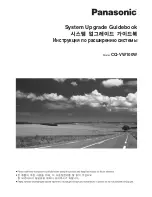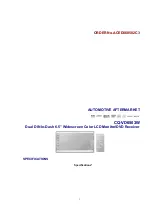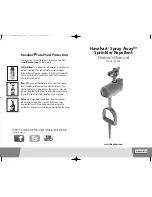
SBAS Corrections
Satellite Navigation
136
User Manual 1178.6379.02 ─ 01
MT
Content
Related settings
12
SBAS network time, UTC offset
parameters
See
Chapter 6.1, "Time Configuration Settings"
17
GEO satellites almanacs
See
18
Ionospheric grid point mask
Chapter 13.4.3.2, "Ionosphere Grid Settings"
24
Mixed fast and log-term correction
data
Not supported
25
Long-term satellite error correction
data
See
Chapter 13.4.3.5, "Long-Term Correction File
26
Ionospheric delay corrections
Chapter 13.4.3.2, "Ionosphere Grid Settings"
27
SBAS service message
See
28
Clock-Ephemeris covariance matrix
message
See
Chapter 13.4.3.7, "Clock-Ephemeris Covariance
Matrix Configuration Settings"
8
11
13 to 16
19 to 23
29 to 61
Reserved
-
(not simulated)
0
62
63
For SBAS testing only
Initial test message
Null message
-
(This message is filled in with empty timeslots
depending on the transmit period values selected for
the other message types)
SBAS message scheduling
The SBAS messages are scheduled according to a user-defined period. The default
values reflect the timeouts specified in the specification
.
Loading historical data
Similar to the constellation and navigation data files, you can load SBAS constellation
and correction files, for example, to reproduce a specific situation form the past.
For details, see
Chapter 17.2, "Import SBAS Constellation and Correction Data Set-
13.2 About Errors Correction
When to use SBAS corrections?
As general rule, apply SBAS corrections,
if errors are simulated
. If the simulated and
the broadcasted navigation messages match as it is in the default configuration, SBAS
corrections are not necessary. In this case, activating SBAS does not improve the posi-
About Errors Correction
















































